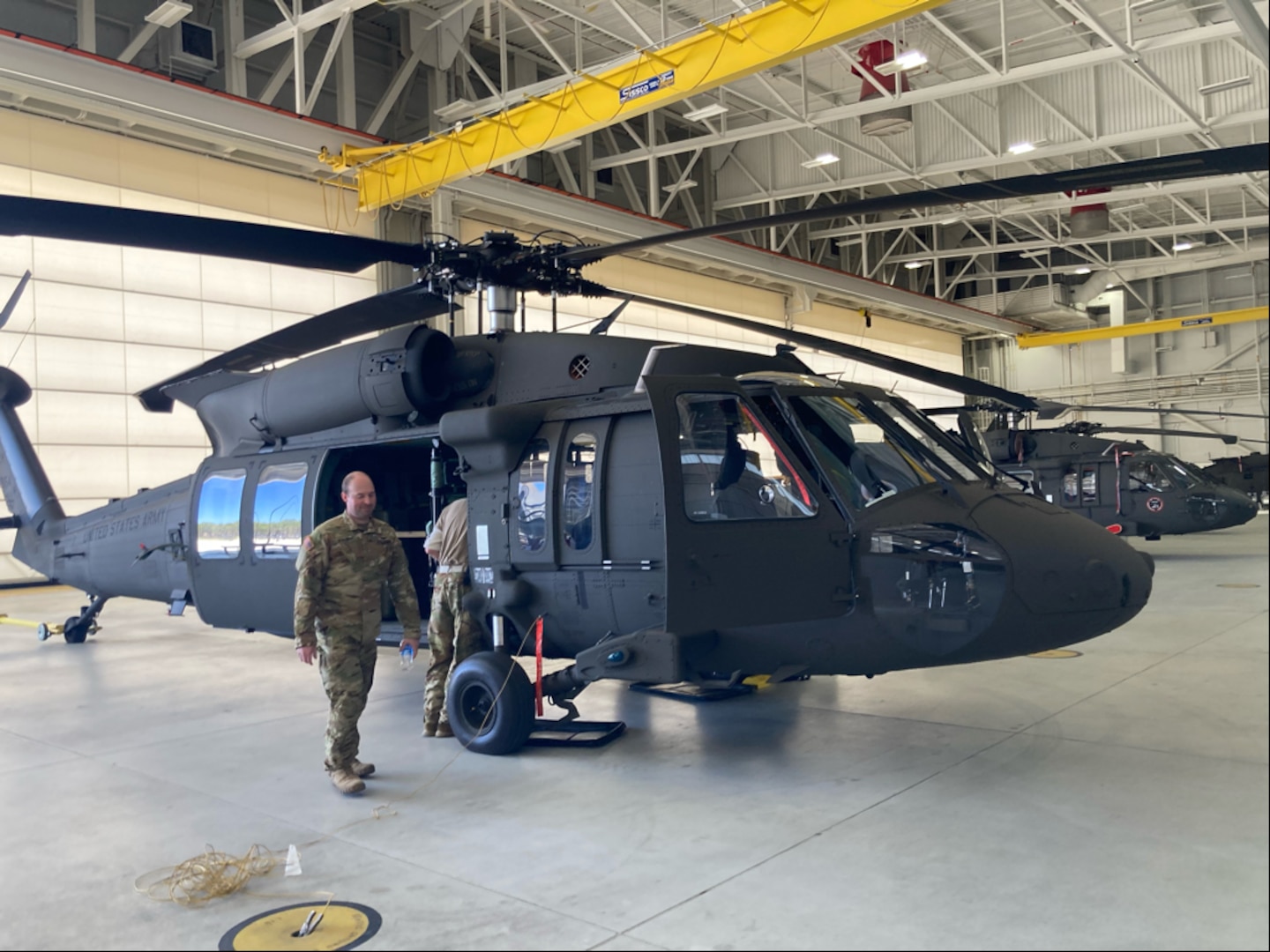The Crucial Guide to Blackhawk Helicopters: Advantages and functions
The Blackhawk helicopter stands as a paragon of flexibility and engineering quality, serving critical duties in both armed forces and noncombatant operations. With its robust design, advanced avionics, and an effective T700-GE-701C engine, it has shown essential in various scenarios, from troop transport to clinical evacuation.
Introduction of Blackhawk Helicopters
Blackhawk helicopters are often recognized as one of one of the most functional and reliable airplane in army aeronautics. Established by Sikorsky Airplane, the UH-60 Blackhawk was introduced in the late 1970s as a tactical energy helicopter. Its style focuses on multi-mission capabilities, allowing it to do a variety of duties, consisting of army transport, clinical discharge, and logistical assistance.
The Blackhawk's robust framework and advanced avionics make it fit for diverse functional atmospheres, from battle zone to humanitarian support goals. Its capability to run in extreme weather and difficult surfaces, coupled with superior speed and ability to move, boosts its performance on the field of battle.

The Blackhawk's withstanding existence in army procedures emphasizes its importance as a vital asset, offering dependable assistance to ground forces and adding to goal success in various movie theaters of operation. - Blackhawk Helicopter
Secret Features and Requirements
Popular for its flexibility, the Blackhawk helicopter is equipped with a series of vital functions and specs that boost its operational capacities. At the heart of its style is the effective T700-GE-701C turboshaft engine, delivering 1,800 shaft horsepower, which permits superior performance in various problems. The helicopter flaunts a maximum speed of approximately 183 knots and a variety of around 370 maritime miles, making it suitable for long-distance goals.

The Blackhawk's sophisticated rotor system features a four-blade primary blades and a four-blade tail blades, developed for high maneuverability and stability - Blackhawk Helicopter. This helicopter can suit as much as 11 soldiers or a mix of personnel and freight, with an optimum inner load capacity of around 8,000 pounds. Its modular design allows for rapid reconfiguration, making it possible for speedy changes in between roles
Additionally, the Blackhawk is geared up with cutting edge avionics, consisting of GPS, radar, and improved situational understanding systems, making certain reliable navigating and functional effectiveness. The helicopter's composite airframe and specialized crashworthy design add to team and passenger safety, strengthening its track record as a trustworthy selection for army and rescue procedures.
Versatile Objective Abilities
The versatility of the Blackhawk helicopter allows it to perform a wide range of objectives across various settings. Developed to adapt to countless operational requirements, the Blackhawk succeeds in both battle and humanitarian objectives. Its robust construction and advanced avionics allow it to run successfully in challenging conditions, consisting of negative weather and high-altitude scenarios.
Among the crucial strengths of the Blackhawk is its capacity for army transport, efficient in carrying approximately 11 soldiers or a considerable haul of devices. This capacity is complemented by its capacity to conduct medical evacuation missions, giving vital aeromedical assistance in catastrophe situations or combat areas.

The helicopter's flexibility reaches multi-role use, permitting it to seamlessly shift between logistical assistance, tactical insertion, and even firefighting duties. This multifunctionality strengthens the Blackhawk's credibility as an essential possession in contemporary aviation and armed forces procedures.
Advantages for Army and Private Use
Lots of drivers find the Blackhawk helicopter to be an extremely helpful platform for both armed forces and civilian applications. In military contexts, the Blackhawk succeeds in army transportation, clinical discharge, and logistics support, improving operational versatility and responsiveness in diverse settings.
For noncombatant usage, the Blackhawk's adaptability encompasses rescue, search and firefighting, and calamity alleviation operations. Its roomy cabin accommodates various tools and personnel, making it appropriate for emergency situation services and humanitarian missions. Furthermore, the helicopter's speed and range add significantly to lowering action times, which is essential in time-sensitive circumstances.
In Addition, the Blackhawk's well established record and recurring assistance from manufacturers offer drivers with confidence in its long life and upkeep. This combination of military-grade performance and noncombatant versatility guarantees that the Blackhawk stays a recommended option throughout multiple fields, strengthening its credibility as a powerful aerial system.
Future of Blackhawk Modern Technology
Innovations in helicopter innovation are positioned to redefine the abilities of the Blackhawk system in the coming years. Emerging innovations in avionics, materials, and propulsion systems promise to enhance performance, safety, and efficiency. The assimilation of innovative sensors visit this site right here and expert system is anticipated to improve situational understanding, making it possible for pilots to make educated decisions quickly and properly throughout complicated goals.
Future Blackhawk models may likewise utilize hybrid-electric propulsion systems, which might significantly decrease fuel intake and emissions while enhancing array and endurance. Additionally, innovations in composite materials are expected to decrease weight while preserving architectural integrity, enabling enhanced payload ability.

Final Thought
Finally, Blackhawk helicopters represent a pinnacle of engineering quality, incorporating advanced innovation with functional capabilities. Blackhawk Helicopter. Their robust style and flexibility facilitate a variety of missions, from military operations to private applications. The powerful T700-GE-701C engine and large cabin add to their functional performance. As developments in innovation remain to advance, the Blackhawk's relevance and efficiency in varied environments are expected to increase, solidifying its setting as a crucial property in aviation.
The Blackhawk helicopter stands as an apotheosis of convenience and engineering quality, offering essential duties in both civilian and armed forces operations.Blackhawk helicopters are frequently recognized as one of the most additional info trustworthy and versatile airplane in army air travel.Distinguished for its versatility, the Blackhawk helicopter is furnished with a variety of key attributes and requirements that improve its functional capabilities.The flexibility of the Blackhawk helicopter allows it to perform a vast selection of missions throughout various settings.Lots of drivers discover the Blackhawk helicopter to be a highly useful platform for both noncombatant and military applications.